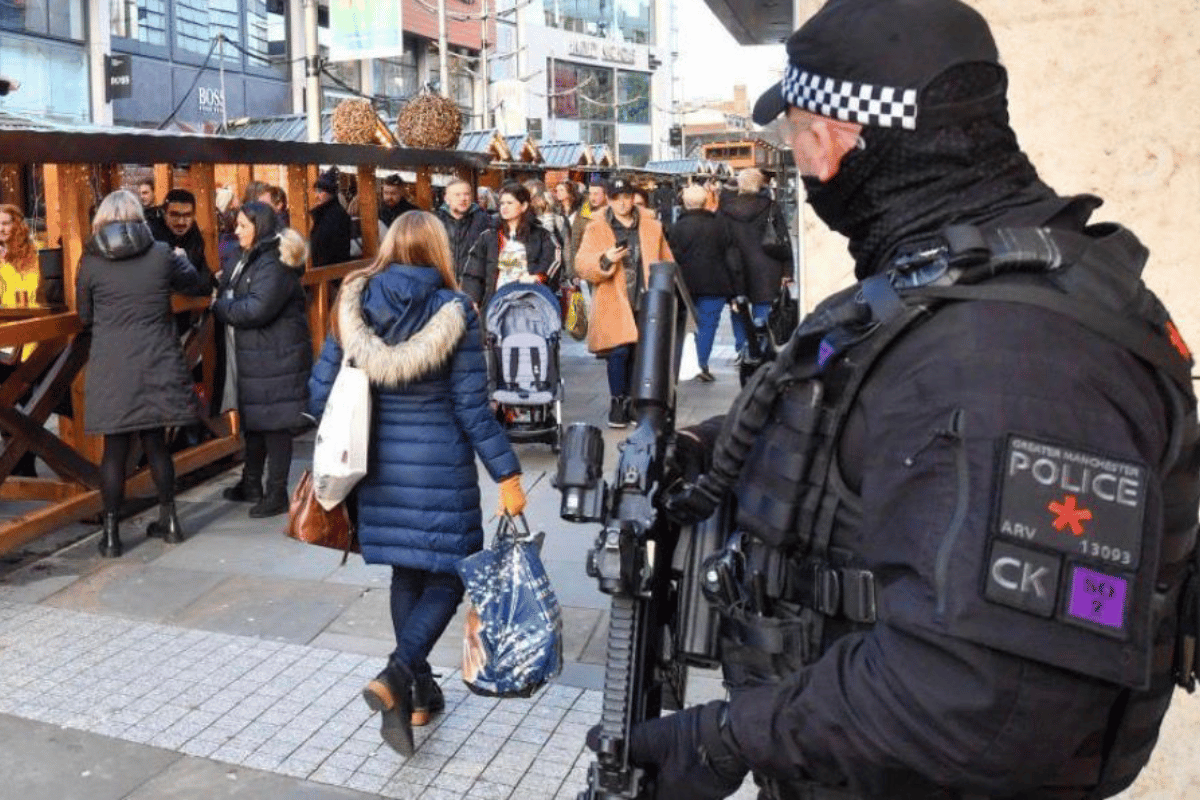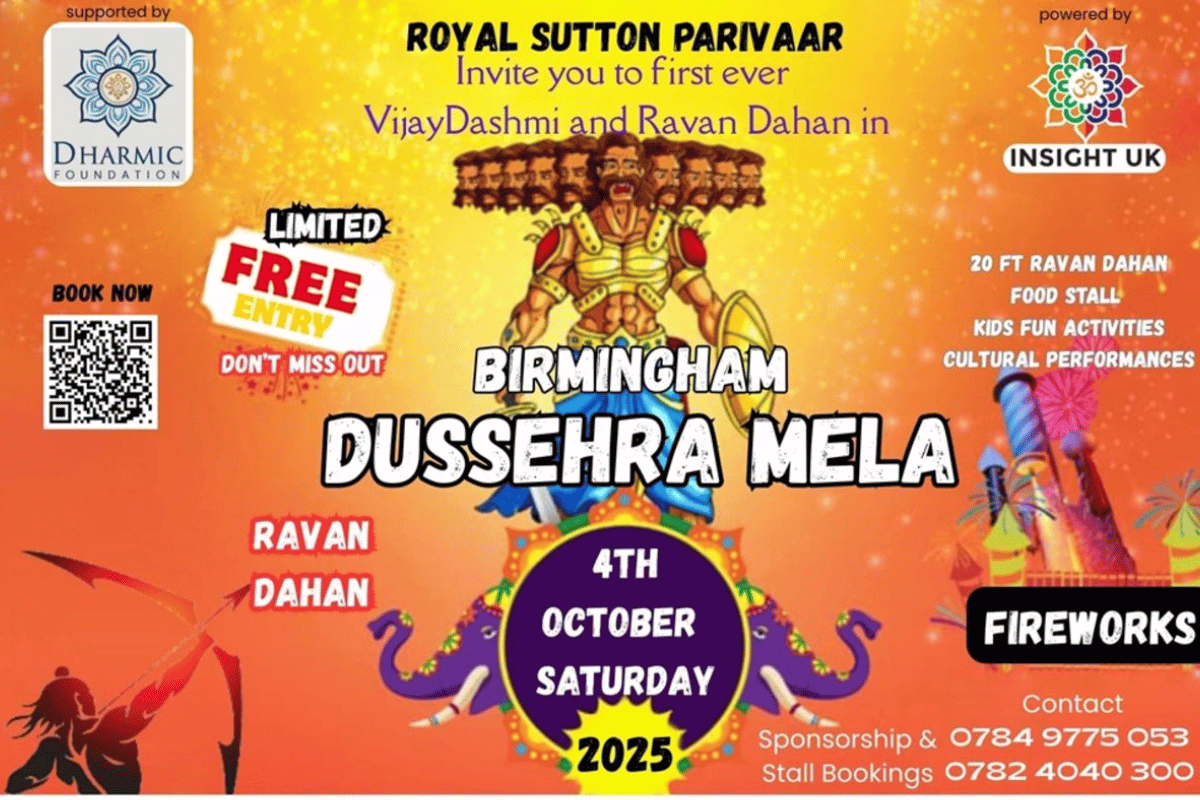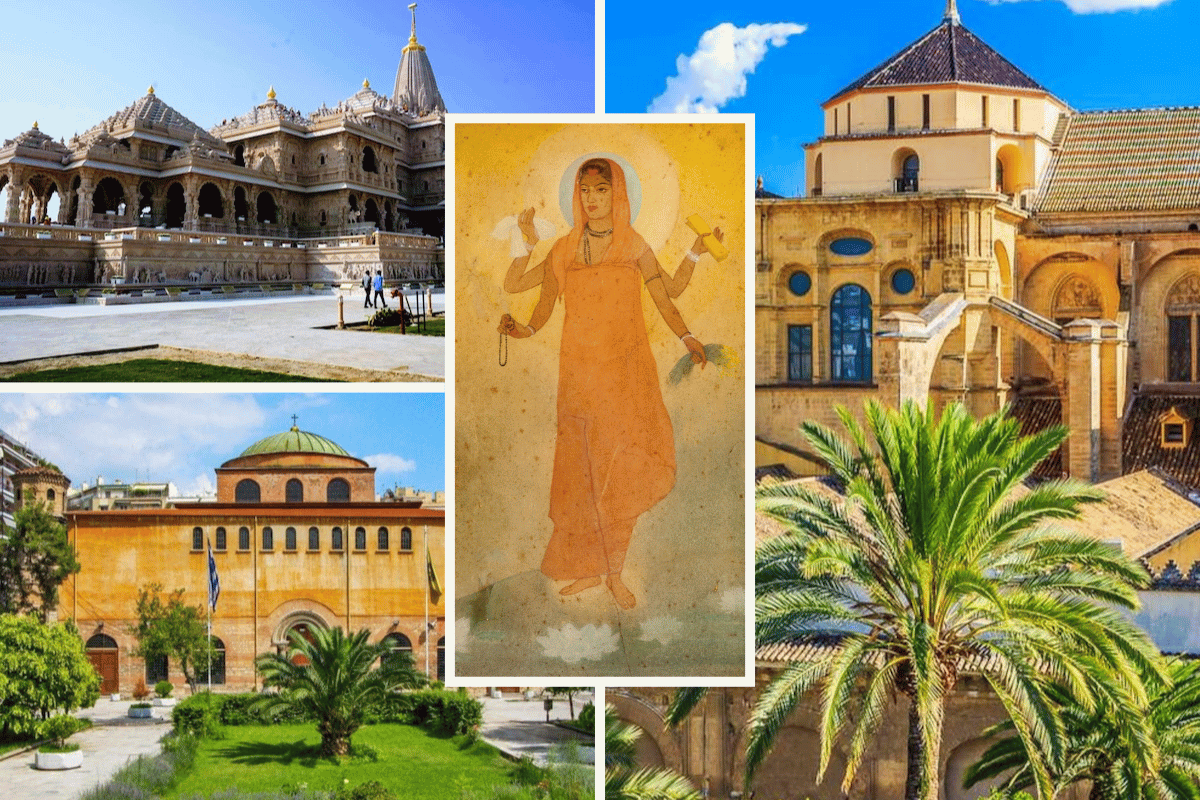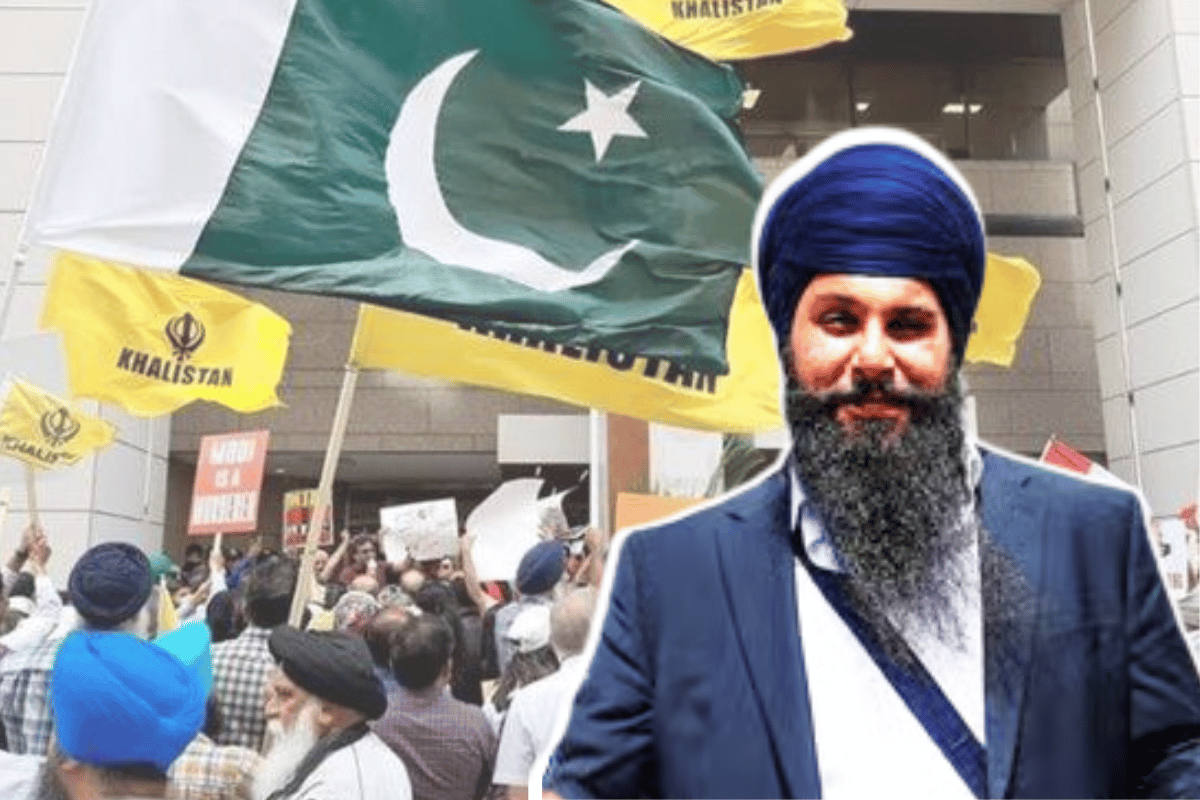
Credit: Hindu American Foundation – The Khalistan Movement in India
The roots of Khalistan lie in the British colonial policies of the late 1800s and early 1900s that sought to divide Sikhs and Hindus.

After Indian independence in 1947, tensions between the state of Punjab and the central Indian government surfaced, leading to grievances amongst many Sikhs against the Indian government.
In 1966, Punjab was further broken up into three states – Punjab (Punjabi-speaking with a Sikh majority) and Haryana and Himachal Pradesh (Hindi-speaking with a Hindu majority). This created resentment amongst many Sikhs that the historic contours of Punjab were being further divided.
Growing issues such as sharing the state capital of Chandigarh with Haryana, disputes of water sharing between the states etc. were perceived by many Sikhs as religiously motivated policies of discrimination against Sikhs and were exploited by radical leaders, who built a narrative that Sikh interests would only be safe in an independent Sikh country of Khalistan.
April 1978 is considered the beginning of the Khalistan movement with violent clashes between radicalised Sikh groups led by Jarnail Singh Bhindranwale and the Nirankari sect (considered heretical by the former).
More than anything else, Khalistan is a project for bringing about the destruction of the Indian state in a welter of communal disturbances.
Holy War Against India
Connor Cruise O`Brien, 1988
In 1980, Bhindranwale and his supporters started targeting Hindus, leading to the murder of the publisher of Punjab Kesri who criticised Bhindranwale.
The Khalistan movement peaked in the 1980s-90s with violent campaigns including bombings, assassinations, kidnapping and selective killing and massacres of civilians.
The movement resulted in nearly 22,000 deaths of Sikhs and Hindus.
In 1984, Bhindranwale occupied the Golden Temple in Amritsar and used it as a base for operations, including the storing of arms and ammunition.
Operation Blue Star was the army operation ordered by Prime Minister Indira Gandhi to flush out the militants.
Bhindranwale and his militants used many pilgrims and devotees as shields when the army operation began.
The violence took an international dimension in 1985 when Khalistani separatists based in Canada exploded a bomb on an Air India flight en route from Toronto to New Delhi, killing all 329 people on board, including 82 children.
The majority of victims of the Khalistan movement were innocent Sikhs who were killed by the separatists for opposing the movement, making up over 70% of the victims of attacks in 1990/91.
The Khalistan movement has received financial and logistical support from pro-Khalistan separatists based in the United States, Canada and the United Kingdom, as well as Pakistan’s Inter-Services Intelligence (ISI) Agency.









